
VHS Revival delves into the murky recesses of censorship hysteria
The rape of our children’s minds.
I thought that might get your attention, and though that headline may sound like unrestrained hyperbole from a writer of little restraint, it is actually a snippet from a ruthless media campaign designed to criminalise independent filmmakers. I’m talking, of course, about the ‘Video Nasty’ scandal, a pulpit for moral outrage that played into the hands of populist conservative politics.
The 1980s was a period of great economic upheaval in the UK, the decline of the coal mining industry leading to an astronomical rise in unemployment as Thatcherism, a neoliberal ideology that shaped the lives of a generation, massacred working class aspiration like a swift and elusive masked killer. Joblessness inevitably led to crime, while aimless youngsters turned to hooliganism as a way to vent their frustrations, leaving the country shrouded in a cloud of international shame.

In response, the UK Conservative Party would impose a police state mentality, the 1984 Battle of Orgreave, a strike that saw miners and law enforcement clash in a bloody battle that for years was blamed on the miners in a vile instance of propaganda, described by BBC journalist Alastair Stewart as “a defining and ghastly moment” that “changed, forever, the conduct of industrial relations and how this country functions as an economy and as a democracy”.
In order to convince the masses of her necessity, Thatcher would turn to the privately-owned tabloid media, who with the help of puritanical activist and staunch social liberal Mary Whitehouse delivered a clear, authoritarian message: the nation’s children were out of control, and only a “return to Victorian values” would guarantee their safety.
In this article, VHS Revival explores the genesis of this censorship-imposed sub-genre, with a brief history of its roots and a rundown of some of the most controversial movies to make the infamous ‘video nasties’ list.
Early Influences
‘Video nasty’ is a broad, sensationalist term used to describe the 72 films banned in the UK following the Video Recordings Act of 1984, movies that were found to contain elements of slashing, mutilation, rape, exploitation, cannibalism or ‘real’ acts of murder ― productions that would become known in the industry as ‘snuff’. Though generally less extreme in their depictions, earlier movies would help set the groundwork for their contemporaries. Here are some of the most influential:
Peeping Tom (1960)
The ‘video nasty’ is perhaps most closely associated with the slasher movie. The sub-genre would come to prominence during the early 1980s, but the technical seeds were sown long before. Many credit Michael Powell’s intrustive, voyeuristic foray Peeping Tom (1960) as the slasher’s earliest influence. Released just prior Hitchcock’s Psycho (also credited as an influence), the movie would introduce horror fans to the POV killer, a motif that would become the hallmark of its contemporaries.
Peeping Tom‘s lurid depiction of sexually motivated murder did not sit well with critics, and though the movie has since been reconsidered as a seminal classic, the backlash it inspired at the turn of the 1960s would have a colossal impact on Powell’s UK career, the director quickly ostracised from the filmmaking community. In the first instance of slasher-related censorship, the Italian Committee for Theatrical Review rated the movie VM16: not suitable for persons under 16 years of age.

Featuring a human killer motivated by an early psychological incident, Peeping Tom‘s antagonist fits the slasher profile, as does the fact that he carries a murder weapon other then a gun (in this instance a voyeuristic spike attached to a camera). The fact that the killer’s victims were all sexually active females also puts Peeping Tom firmly in the slasher mould.
The First Slasher
So which movie is regarded as the first straight-up slasher? It really depends on who you ask. Many cite Mario Bava’s Bay of Blood (1971), a movie which, thanks in large part to future E.T. alumni Carlo Rambaldi’s innovative practical effects, actually made its way onto the video nasties list, as the true primogenitor. Also known as Carnage, Twitch of the Death Nerve and Blood Bath, the film has been described as “the spurting artery from which all future slasher films would flow.”
Granted, gialli films are much less one-dimensional, typically possessing a strong element of crime and mystery, but Bay of Blood employs the kind of Camp Crystal subplot that would become a staple of the slasher canon, featuring a gaggle of promiscuous teens and a now familiar cabin in the woods setting. The movie is also graphically violent (by the standards of the time) and features several POV shots of an undisclosed killer.

On American shores, Tobe Hooper’s The Texas Chainsaw Massacre and Bob Clark’s Black Christmas are credited as the first full-on slasher movies ― particularly the latter, which is hard to refute as the movie that would shape the sub-genre from a technical standpoint. For ‘Chainsaw’, Hooper would adopt the ‘based on real events’ angle that would add an extra element of reality to an already grimy production. The movie was loosely based on the murders of serial killer Ed Gein, whose farmhouse was crammed with depraved souvenirs such as ornaments made from human bones, the kind that litter the house of Leatherface and his family of domestic cannibals. The film would also employ the kind of shock title that promised controversy, a marketing strategy that would become commonplace among horror and exploitation vehicles.
Black Christmas would also spark a seasonal trend of promotion. Set in a sorority house during the festive season, it is the story of a mentally scarred madman who stalks and murders a group of sorority sisters after plaguing them with prank calls. The movie would cause huge controversy, its TV debut cancelled after a real-life murder which saw notorious serial killer Ted Bundy bludgeon two sleeping Chi Omega sisters to death before attempting to murder two others. The movie is perhaps the first full-bodied template for the slasher flick, featuring all those elements that fans now associate with the sub-genre.
It was also the influence for the genre’s indisputable high-point.
Halloween (1978)
Although John Carpenter’s Halloween cannot be credited as the first ever slasher, it arguably had more of an influence on the sub-genre than any other movie, proving the inspiration for a half-decade of sleazy Sean Cunningham-style clones that would play a major part in video nasty censorship. A masterclass in brooding terror, Halloween would capture the imagination of audiences the world over, introducing us to one of horror’s most iconic killers, and a large part of its initial impact has to be attributed to its title and setting.

Halloween‘s biggest imitator, Friday the 13th, devised after creator Sean Cunningham called friend and screenwriter Victor Miller and shamelessly said, “Halloween is making incredible money at the box office. Let’s rip it off”, was arguably the film that genericised what would become known as the slasher, but Carpenter’s lean, mean popularising machine was the catalyst, a fact that the filmmaker would come to regret, particularly when Halloween II forced him to embrace a similar bloodthirsty approach that was completely at odds with his filmmaking sensibilities.
The Movies of George A. Romero
Victor Halperin’s White Zombie (1932) may be considered the first zombie movie, Herschell Gordon Lewis’ 1963 ‘nasty’ Blood Feast the innovator of gore, but it was George A. Romero who would shape the sub-genre, establishing the majority of its tropes and motifs and expanding on the concept to reflect social and political climates. Romero’s walking dead would have an obvious influence on many video nasties in the zombie and cannibalism mode, but his influence was far greater than make-up and special effects.

As well as being responsible for one of the horror genre’s most subversive horror movies after casting an African-American in the lead role, Romero inspired many low-budget filmmakers to pick up a camera and follow his example. Made on a minuscule budget of $114,000, Night of the Living Dead would test the limits of independent filmmaking as a vehicle for mainstream success, influencing a whole host of soon-to-be-seminal directors, budding artists who would use the movie as a blueprint for their own ambitions, resulting in an oversaturated home video market of ultra-violent derivatives.
It is perhaps Romero, more than anyone, who proved the inspiration for the video nasty with his bargain-basement model of gore-laden treats.
Choice Cuts
The Evil Dead (1981)
Many of the most memorable and notorious movies on the video nasties list featured zombies or variations of the undead. Perhaps the most infamous of those is Sam Raimi’s The Evil Dead, a film straight out of the George Romero playbook.
Proclaimed as the “number one video nasty” by Mary Whitehouse, excerpts from the film were screened at a special parliamentary session designed to publicly incriminate. It was around this time that local police began raiding distributors, confiscating anything that was deemed dangerous. Top of their hitlist was The Evil Dead distributor Palace Video, who were prosecuted before they were able to assemble a legal team. Raimi was even called into court to protest the film’s innocence, the BBFC’s comparative lack of concern ultimately working in the filmmaker’s favour.
The Evil Dead was finally removed from the video nasties list in September 1985 following additional cuts in conjunction with the 1984 Video Recordings Act. The fact that Whitehouse later admitted to having never seen the film was an astonishing instance of hypocrisy that typified the entire ordeal.

The story of a group of teenagers possessed by demons while vacationing at a cabin retreat, The Evil Dead has since been released uncut, but graphic moments such as a pencil twisted into a victim’s ankle and another chewing through her own hand are cringeworthy even by today’s standards, as are some of those low-budget practical effects.
The Evil Dead‘s most notorious moment features a female cast member being raped by the woods in a protracted scene that still cuts to the bone, one that Raimi has since admitted to regretting. Much like Hooper’s The Texas Chainsaw Massacre, the movie relies just as much on sound to shred those nerve endings, delivering a relentless attack on the senses that leaves you feeling as possessed as the movie’s cast.
‘Nasties’ were notorious for their poor production values, but Raimi forged a grungy masterpiece that was notorious for all the right reasons. In order to sidestep censorship following the Video Recordings Act, Raimi would direct quasi-sequel Evil Dead 2: Dead by Dawn, an almost like-for-like retread with the kind of comical edge that would influence many post-‘nasty’ horror movies.
Zombi 2 aka Zombie Flesh Eaters (1979)
Of all the scenes deemed worthy of the video nasty treatment, the sight of a woman having her eyeball pierced by a shard of wood was one of the most talked about. One of the 72 films prosecuted for extreme content following a heavily cut 1980 release, Lucio Fulci’s Zombi 2 was finally passed uncut in 2005 after several different versions that would gradually reveal the extent of its most notorious scene. The movie’s 1980 de facto ban would later come in handy, proudly adorning the cover of future home video releases.

Pitched, commissioned and falsely marketed as a sequel to a re-edited version of Romero’s Dawn of the Dead, Zombi 2 holds absolutely no narrative connection to its biggest commercial influence, though its indulgence in gory practical effects reveals striking visual similarities. This would lead to a series of increasingly tenuous ‘sequels’ that set out to capitalise on the Zombi name across multiple countries thanks to an Italian copyright law that allowed any film to be marketed as a sequel to any other existing work.
Boasting a breathtakingly nihilistic score and a striking colour pallete that fully encapsulates the movie’s post-human themes, Sergio Salvati’s cinematography also features bleak flourishes of obscure beauty, most notably a scene in which a zombie wrestles with an underwater shark. As notorious as Zombi 2 would become, Fulci was clearly having fun with this one.
I Spit On Your Grave (1978)
On the subject of notorious entries, it’s hard to look past Meir Zarchi’s shamelessly exploitative revenge fantasy I Spit on Your Grave.
The story of an aspiring author repeatedly raped at a remote writing retreat, I Spit On Your Grave was named as one of Time Magazine’s Top 10 Most Ridiculously Violent Movies. Featuring just about every red flag waved by the censorship boards, this excruciating slice of thematic corruption would achieve cult status during its brief time on the shelf, as eager gore hounds longed for a re-release.

As well as a series of agonisingly protracted rape scenes, the movie features a plethora of violent acts, including the particularly shocking moment when our vengeful protagonist slices off a man’s penis. Like the majority of films on the the ‘nasties’ list, I Spit On Your Grave, uselessly remade many years later, may appear tame by today’s standards, but its sentiments are disconcertingly vulgar, twisted and designed to bait controversy.
The movie would also exploit the mentally disabled, a dim-witted character forced into an act of rape against his will. So shocking was ‘Grave’s’ content that director Zarchi was initially forced to distribute the movie himself under the titles I Hate Your Guts and The Rape and Revenge of Jennifer Hill. Increasingly explicit versions were sanctioned throughout the years, and despite claims to the contrary, the film has never been released in its full, uncut form.
Inferno (1980)
One of two Argento movies featured on the infamous ‘nasties’ list, the second of the filmmaker’s ‘Three Mothers’ trilogy once again focuses on the ethereal realms of witchcraft, and is arguably the most artistic of all the 72 entries on the video nasties list.
Much like Suspiria before it, Inferno eschews logicality for a far more visceral experience, assaulting audiences with a lavish parade of explicit terror that is worlds apart from the majority of its condemned contemporaries, paying homage to early 20th century expressionist cinema thanks to Argento’s spellbinding visual flair and use of colour.

Featuring graphic scenes which include a knife through the neck, a rather nasty throat-slitting and an agonisingly protracted death-by-guillotine, the movie was shelved for five years thanks to a change in management over at Fox. So hacked-to-pieces was the theatrical release that Argento noted, “I think anybody outside of Italy was lucky to see Inferno.”
Described as “the stuff of all our worst dreams and nightmares and a tour de force from Italian director Dario Argento,” Inferno is now looked upon as a purely artistic endeavour that puts the majority of nasties to shame. Thanks to Argento’s current status as a visionary filmmaker, the movie has since been released in its full, uncut form.
Killer Nun (1979)
Nothing screams exploitation like the sacrilegious, and they don’t get any more transparent than Killer Nun, a seedy little number from director Giulio Berruti. (Very) loosely based on the true story of Cécile Bombeek, a middle-aged nun who committed a series of murders in a geriatric hospital in Wetteren, Belgium in 1977, the film tells the story of a morphine-addicted nun who advocates lesbianism, torture and murder after recovering from brain surgery.
Falling under the ‘nunsploitation’ sub-genre, Killer Nun would turn heads in the late 1970s with its overtly lurid depiction of Catholicism. Banned in the UK following the Video Recordings Act of 1984, it was later re-released with cuts in 1993 and finally emerged in its full, uncut form in 2006 following further changes to Britain’s censorship policy.

While offending with its shameless exploitation of religious iconography, a scene showing the torture of an old woman and a close-up of an eye-piercing were considered Killer Nun‘s biggest visual no-nos, but the film’s brand of softcore sleaze is far less explicit than its title or theme suggests. Instead, the movie relies on a controversy-creates-cash philosophy. As a killer bit of marketing it, doesn’t get much nastier than this.
Evilspeak (1981)
Another ‘nasty’ to tug at the rosary beads was Eric Weston’s tech-oriented possession flick Evilspeak. Starring a young Clint Howard, Evilspeak tells the story of a bullied military cadet who unleashes the long-dormant spirit of a malevolent devil worshipper, the seemingly limitless powers of his primitive Apple II acting as a conduit for some radical home computer sorcery.
Pretty hokey stuff, and though the movie meanders rather uneventfully for the first hour, its blood-soaked finale proves quite the shocker. Most notorious for a deleted scene featuring a Black Mass, Evilspeak explodes into action with protagonist Stanley Coopersmith’s possession and church-bound slaughterfest, a ruthless act that results in exploding heads and ruthlessly slain church chaplains.

The late founder and High priest of the Church of Satan, Anton LaVay admitted to being a huge fan of Evilspeak‘s sacrilegious content, which he found to be rather authentic in the realms of Satanism, though others were not so pleased. “We didn’t really understand the nature of the film until after it came out,” claimed Father Alberic Smith of St. Anthony’s Seminary in Santa Barbara, a historically catholic institution which oddly greenlighted location shoots despite Evilspeak‘s overtly sacrilegious nature. “It had lots of promise and the script looked okay, and several of us read that. But they kept adding [to the script].”
Swines!
Cannibal Holocaust (1980)
The most infamous cannibal movie of them all, and arguably the most infamous ‘nasty’, Ruggero Deodato’s bare bones horror Cannibal Holocaust was considered so realistic that the director was hauled into court on charges of gross obscenity, and for a brief period murder after French magazine Photo claimed that some of the film’s actors were actually killed on camera, a fact made even more problematic thanks to a contractual clause that prevented the film’s stars from appearing in media interviews, motion pictures or commercials for a year after the film’s release, a move designed to heighten its sense of authenticity. Though the charges were later dropped, the film was seized due to real-life acts of violence.
The story of a film crew who disappear into the ‘heart of darkness’ while shooting a remote documentary, Cannibal Holocaust is still banned in many countries due to acts of animal cruelty that include the butchering of a turtle, the hacking to death of tarantula and a boa constrictor, and the decapitation of two squirrel monkeys. A pig was also shot in the head with a .22 calibre rifle at point blank range. Even by today’s standards it can be a difficult watch.

The various revelations of Deodato’s cast hardly helped matters. It is said that native extras were unpaid for their involvement in a series of highly dangerous scenes, actor Robert Kerman even describing the director as ‘a sadist’, adding, “He was particularly sadistic to people that couldn’t answer back, people that were Colombian, [and] people that were Italian but could be sent home.” Sounds like a lovely fellow.
As well as triggering an entire sub-genre with its unprecedented quest for realism, the protracted court proceedings and cries of real-life murder will go down in the annals of horror movie folklore and beyond ― exactly where Deodato wanted to be. A job well done, for better and for worse.
The Last House on the Left (1972)
Wes Craven’s directorial debut is one of the oldest movies on the video nasties list and the first released during the 1970s. A violent exploitation horror produced by a pre-Friday the 13th Sean Cunningham, the film was infamous for its scenes of sadism, two men raping and murdering two suburban girls before unintentionally taking refuge in the home of their parents.
Released towards the end of the Vietnam War, the movie triggered a deluge of suburban horror that ditched the supernatural monsters of yore, forging killers who were much closer to home during America’s serial killer boom that tapped into the real-life fears of a generation. Unlike the majority of movies on the ‘nasties’ list, The Last House on the Left was well received by such critical luminaries as Roger Ebert, who was particularly impressed with the movie’s “powerful narrative”.

Inspired by Ingmar Bergman’s The Virgin Spring, The Last House on the Left would become a test case for BBFC guidelines as late as 2002. Banned scenes included a woman being forced to urinate and the removal of another’s entrails. A powerful effort from one of horror’s cult directors, Ebert would describe Craven’s exploitation triumph as “a bitter little sleeper of a movie that’s about four times as good as you’d expect.”
The BBFC classified The Last House on the Left as uncut for video release on March 17, 2008.
Don’t Go in the House (1979)
A fair warning for a ‘nasty’ that has failed to cast off the shackles of banishment in several countries almost 40 years after its release. In many ways, Joseph Ellison’s Don’t Go in the House is an archetypal slasher. Taking its narrative cue from Alfred Hitchcock’s droll progenitor Psycho, it has a dull, grainy aesthetic that typifies the ‘video nasty’ era in all of its nihilistic glory.
The story of a traumatised boy who grows to develop a rather destructive aversion to all things sexual, the movie was cut by three minutes before its initial release, only to be re-released uncut two years later, but the film would quickly end up on the BBFC’s radar after being advertised as a ‘true nasty’. Though it lacks the explicit gore of other entries, it is certainly nasty enough in sentiment.

Contrary to your usual slice-and-dice affair, Don’t Go in the House focuses on incinerator-bound torture, the kind of visual motif that would leave censorship advocate Mary Whitehouse choking on her own sense of injustice, but it is also the themes involved, namely child abuse, that leaves a particularly bad taste in the mouth.
Featuring a wonderfully conflicted turn by a young Dan Grimaldi of The Sopranos fame and some sumptuously cold, often surreal images from future Face/Off cinematographer Oliver Wood, Don’t Go in the House is one of the few ‘nasties’ to live up to its censorship status for pure nihilism.
Faces of Death (1978)
Is it real? Well, kind of.
The movie that brought the much fabled ‘Snuff’ genre to the mainstream, Faces of Death was not banned in 40 countries as its tagline suggests, but it does feature some real-life footage of dead people, most of it culled from newsreels. It is, however, pretty disturbing, particularly footage from a road accident which shows human pulp and brain matter being scooped from beneath a semi-tractor trailer. Most of the scenes cut from the movie feature real-life acts of animal cruelty, clips that prove the most sickening and offensive.

Roughly 40% of the footage from Faces of Death is real, the majority of the action ― including acts of cannibalism and electrocution ― very obviously faked, and the plethora of sequels that followed would only dilute the ‘reality’ formula further, resulting in a series of movies that are severely dated by today’s standards.
More disturbing was 1993 copycat movie Traces of Death, which features considerably more real-life footage than its antecedent, but Faces of Death was the picture that ignited the kind of fabled controversy that played into the hands of conservative politics, providing us with yet another example of a movie whose reputation far precedes its material.
The Burning (1981)
The brainchild and production debut of shamed Hollywood Tyrant Harvey Weinstein, Tony Maylam’s low-budget slice-and-dicer The Burning is renown for some of the most awe-inspiring practical effects to come out of the slasher’s Golden Age courtesy of SFX maestro Tom Savini, who took his visual cues from his time as a photographer while serving in the Vietnam War.

Based on the infamous camp tales of real-life urban legend Cropsey, the movie tells the story of a vengeful killer horrifically burnt during a summer camp prank gone awry. A former caretaker-come-shear-wielding agent of death, Cropsey (here spelled Cropsy) is responsible for some of the sub-genre’s most shocking moments, particularly the early stabbing of a prostitute and the movie’s infamous canoe-bound massacre, both of which were promptly cut to ribbons.
Prior to The Burning’s outright banning at the hands of the British Board of Film Classification, a move that would lead to the confiscation of all tapes under the Obscene Publications Act of 1984, VHS distributor Thorn EMI would accidentally release the movie in its full, uncut form. Whether this was an actual mistake or an act of savvy marketing has never been determined, but it certainly didn’t end well for the company, their efforts to release a BBFC-approved version proving futile.
Absurd (1981)
A blatant Halloween rip-off with none of the skill of tension, prolific sleaze purveyor Joe D’Amato’s Absurd aka Rosso Sangue aka Anthropophagus 2 aka Zombie 6: Monster Hunter, excels as an exercise in sheer nihilism. Starring go-to B-movie legend George Eastman, Absurd was initially meant as a direct sequel to D’Amato’s other ‘nasty’ Antropophagus until Eastman convinced him that American slashers were the future.

The paper-thin story of a man with supernatural regenerative abilities who quickly indulges in a mindless and unprovoked killing spree, Absurd is infamous for a series of drawn-out, graphic kills, including a rather nasty incident with a circular saw and an excruciating scene with an oven.
Absurd would only grow in infamy after inspiring a black metal band and far-right extremist group to commit murderous acts of their own more than a decade after the film’s release in 1993. Lacking coherency and suffering from some pretty notable pacing issues, the movie retains the power to stay long in the memory.
Possession (1981)
While most ‘nasties’ relied on cheap promotional tactics and shock value to garner attention in an increasingly competitive market, Andzej Zulawski’s Palme d’Or winning psychological horror Possession was a different beast entirely, the film exploring the tempestuous dissolution of a relationship and the complete emotional breakdown of its subjects.
Released in 1981, the Possession was promptly banned in the US and re-released two years later with an incredible 43 minutes of cuts, and is most famous for French actress Isabelle Adjani’s harrowing tour de force. Particularly startling is a nerve-shattering scene on the Berlin U-Bahn that sees her character Anna possessed in a turbulent bout of secretion-laced thrashing that she describes as the moment when she “miscarried faith”.

Speaking of her experience working on the film, Adjani would say, “Possession is only the type of film you can do when you are young. [Zulawski] is a director that makes you sink into his world of darkness and his demons. It is okay when you are young, because you are excited to go there. His movies are very special, but they totally focus on women, as if they are lilies. It was quite an amazing film to do, but I got bruised, inside out. It was exciting to do. It was no bones broken, but it was like, ‘How or why did I do that?’ I don’t think any other actress ever did two films with him.“
Featuring harrowing scenes of self-harm, Cold War paranoia and a surreal descent into body horror, Possession is political, metaphysical and wildly subjective. It is also the most unique entry on the video nasties list by some distance.






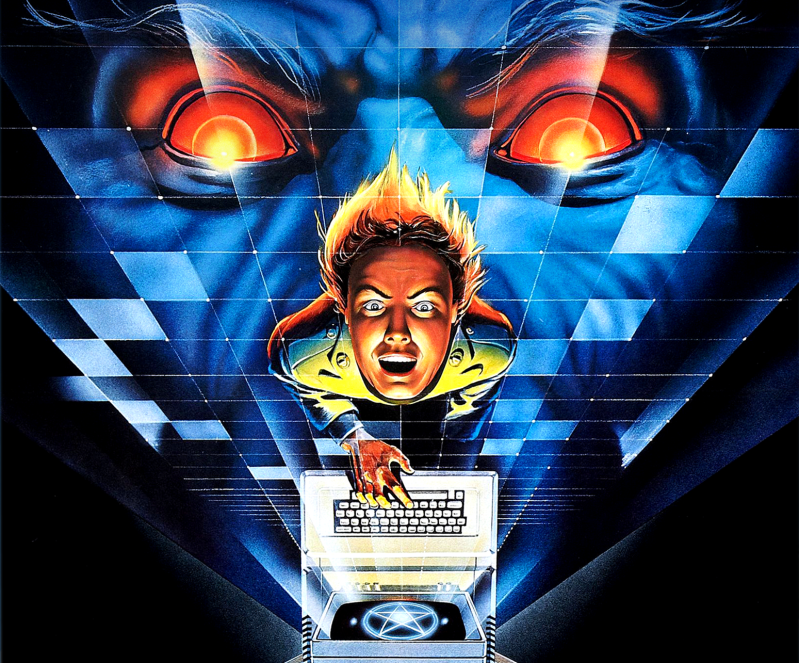

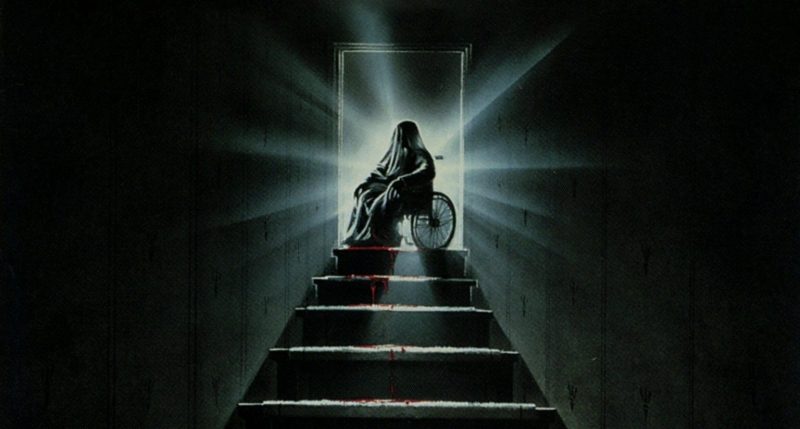










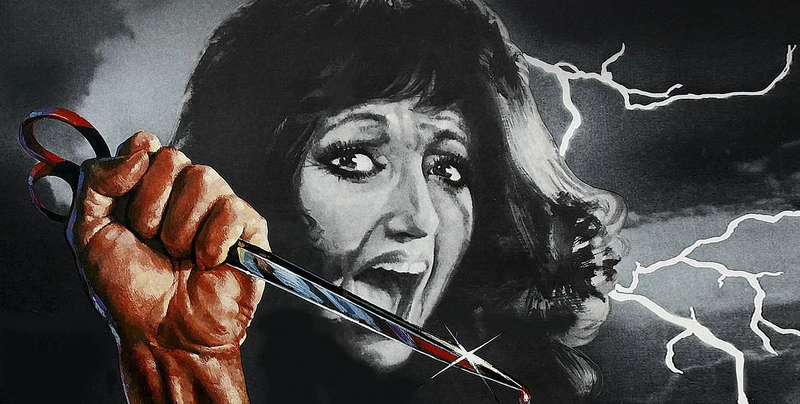



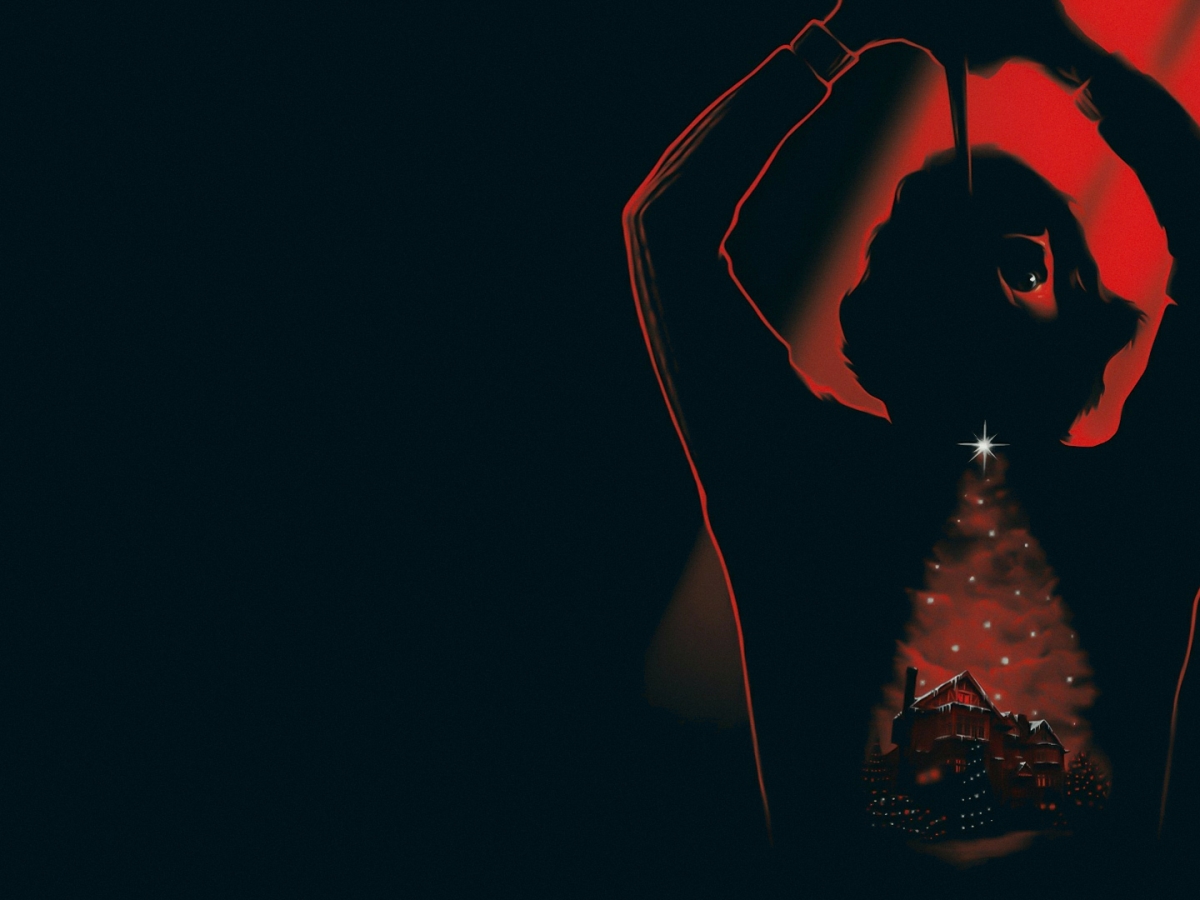
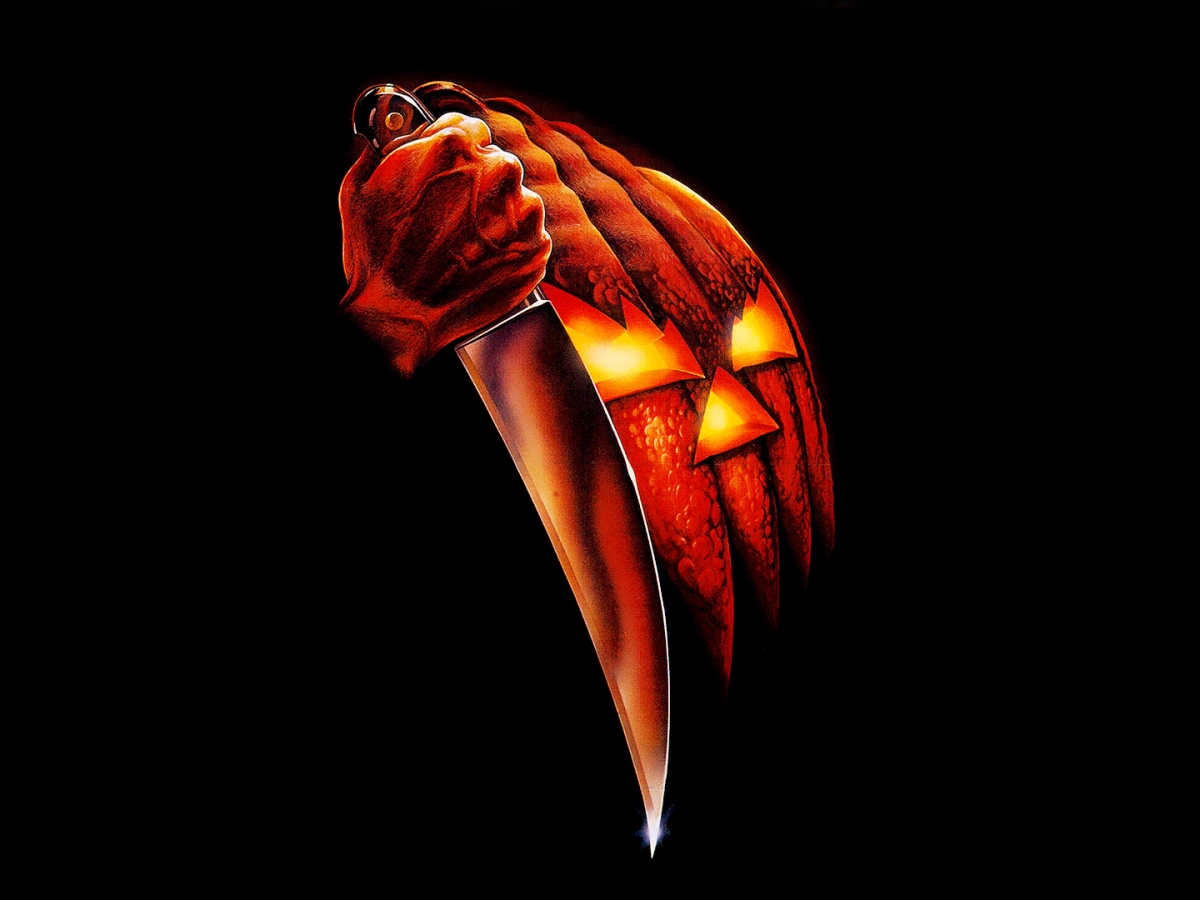






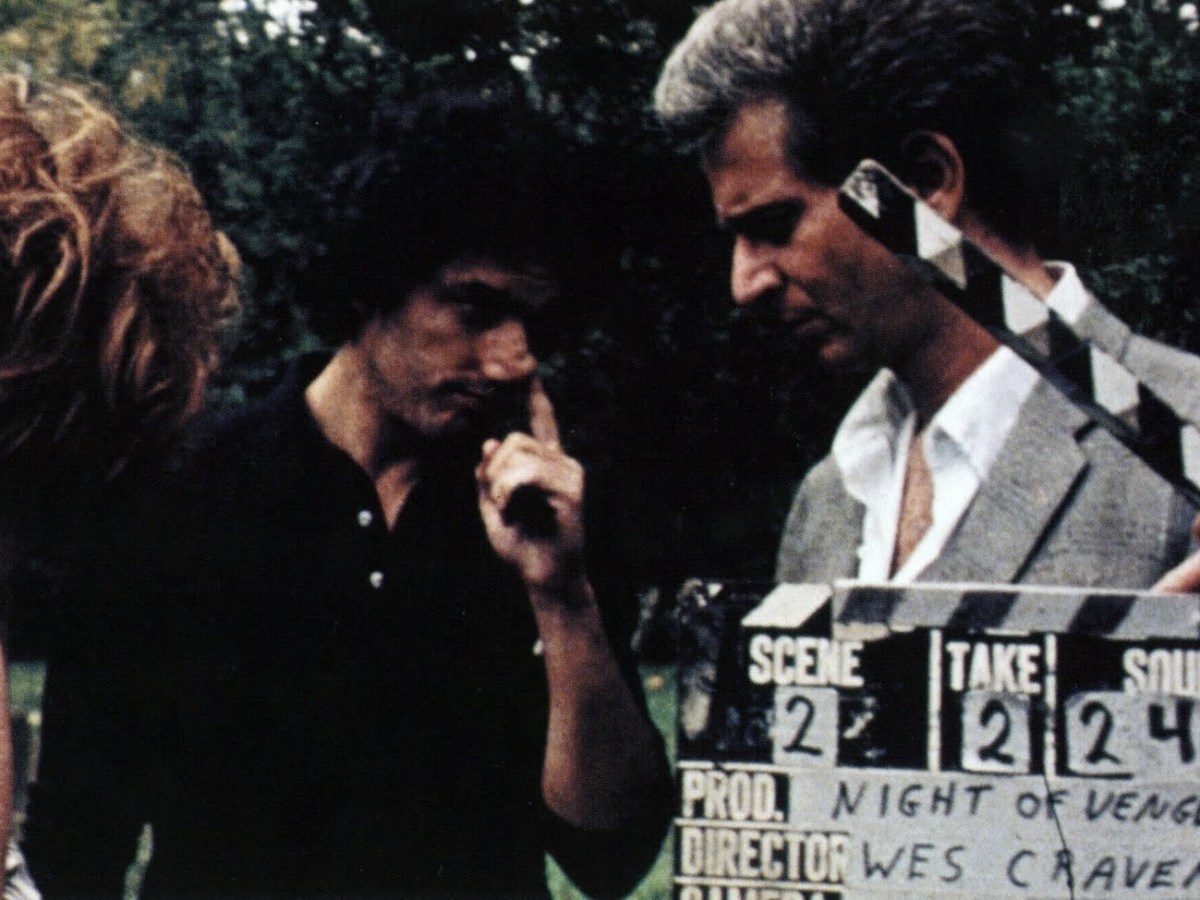


The infamous video nasties were also something of a halcyon era for horror films. I remember many of these films and the notoriety that surrounded them, especially last House on the Left, I Spit on Your Grave, and Evil Dead. Looking back. now many of theses films, and their like, still have a startling impact. Some, like Cannibal Holocaust, are still an uncomfortable watch, while others like Zombie Flesh Eaters (still one of my favourite zombie movies) seems to thrive in the face of its low budget to craft something memorable. For all the controversy that surrounded the Video Nasties, I still say growing up in Thatcher’s Britain in the 80’s, was probably still the nastiest horror story of all.
LikeLike
Hi Paul
Totally agree. Thatcher and the Tories put the ‘nasties’ to shame with their bloodless ideologies. Sadly, nothing much has changed.
LikeLiked by 1 person
My thoughts exactly. Indeed, there are some striking parallels to be drawn between those years and the times we are in now – especially the decisive nature of politics and say the bitter divisions and social-political divides carved out by the Thatcher years and an added 13 years of austerity to boot. Blimey, makes you wan’t to go watch a shed load of video nasties instead doesn’t it LOL!
LikeLike